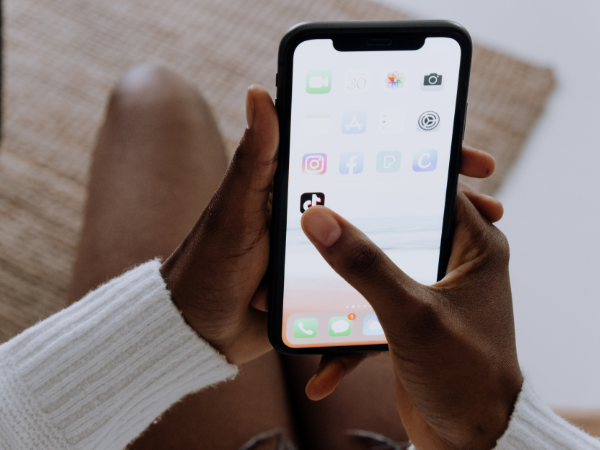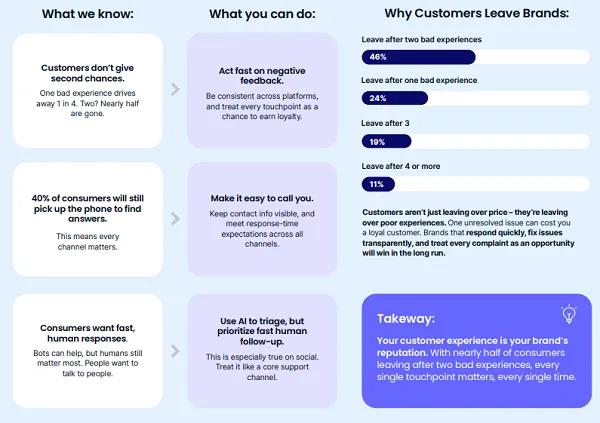How Printing Innovations (and More) Created an Enduring Class Divide in Books
An excerpt from Michael Castleman’s The Untold Story of Books details the origin of copyright, and how paper innovations created pulp fiction.


“The Rival Printers” by Catablogger is licensed under CC BY-SA 2.0 .
Today’s post is excerpted from The Untold Story of Books: A Writer’s History of Book Publishing by Michael Castleman.
After Gutenberg invented the printing press, Europe’s kings and bishops feared (correctly) that printing might encourage sedition and heresy. They identified material fit for reproduction and offered favored printers the exclusive right to copy it— “copyright.” In exchange, the printers vowed not to reproduce anything the authorities found offensive.
But early copyrights were fantasies. Our concept of intellectual property was centuries in the future. Culture belonged to everyone. Who could assert ownership? Certainly not authors. They didn’t own their work. Printers did. Meanwhile, copyrights were enforceable only within single jurisdictions, while rampant smuggling and unauthorized reproduction spread books everywhere. Today, we call this book piracy, but back then it was like picking wildflowers in an open field.
Piracy ran rampant because it skirted censorship and reduced the cost of books—no licensing fees to copyright holders. From the first copyrights to the present day, piracy has been a thread woven through the tapestry of publishing.
Authors were powerless to stop piracy, but many decried it. In 1623, the preface to the First Folio of Shakespeare’s plays denounced the “surreptitious copies” that had “maimed” his work.
Authors’ intellectual property rights were first recognized in 1710, when Parliament enacted the Copyright Act, or Statute of Anne (for Queen Anne). Its preamble stated: “Printers have of late reprinted work without the consent of authors … to their great detriment.” The law granted authors copyrights for 14 years.
Printers were appalled: Authors wrote, printers copied. The right to copy was theirs. Surprisingly, authors agreed. That era’s intelligentsia believed authors wrote for love, not money. They viewed writing for money as dishonorable.
To preserve authors’ precious honor, printers graciously offered to take copyrights off their hands. Authors felt fine about this: My name is on the cover. That’s what counts. So, despite the pro-author Statute of Anne, copyrights quickly shifted to printers. But after 14 years, copyrights evaporated and books entered the public domain. Anyone could copy them.
By 1650: printing in the Americas was rife with piracy.
By 1650, American printers were churning out advertising handbills and pamphlets galore, but few full-length books. Books were very expensive, today’s equivalent of $600 per copy. They would have cost even more had American printers paid English copyright holders for reprint rights. They didn’t. When ships from England docked at American ports, printers quickly pirated the books they carried.
Boston boasted the most printers. By the 1660s, they routinely condemned one another for releasing pirate editions of books they themselves had stolen. Eventually, they negotiated an agreement pledging not to reprint what others had released. But there was no honor among thieves, and printers outside Boston eagerly pirated books that came their way.
In 1673, the Massachusetts colonial legislature granted five-year copyrights to the first printers to publish books, including pirated English titles. But printers elsewhere continued to pirate freely, among them Ben Franklin. In 1740, he bootlegged the first novel in English, Pamela; or, Virtue Rewarded by Samuel Richardson, the book that invented romance fiction and turned many women into avid readers.
Wealthy colonial book buyers raced to buy English titles, so American printers invested in pirating English books. But printers declined to risk capital on American authors. When homegrown writers sought publication, printers said, We’ll print your work—if you pay for it. All early American books were author- (or patron-) financed. In current parlance, they were self-published.
Why pay to publish? Like today’s authors, colonial writers loved to express themselves, and if they wanted to publish, they had only one option.
For early American authors, writing was a sideline.
Washington Irving was a lawyer. Nathaniel Hawthorne was a customs agent, Ralph Waldo Emerson a teacher, Oliver Wendell Holmes a doctor, Louisa May Alcott a governess. Like the vast majority of authors today, they wrote for love, and if they made some money, usually from speaking engagements, they considered it gravy.
By the second half of the 18th century, authors decided that maybe it was okay to earn money writing books, and decided that if they paid to publish, they should hold copyrights.
In 1770, the Boston choirmaster William Billings set Biblical verses to original music and hired a printer to publish his New-England Psalm-Singer, which was quickly pirated. Hoping to save the sequel from the same fate, Billings persuaded the Massachusetts legislature to grant its copyright to him. However, the colony’s English governor vetoed the bill, citing the English practice of printers holding them.
During the American Revolution, prominent writers agitated for author copyrights, among them the political firebrand Thomas Paine and especially Noah Webster. Today, we remember Webster for his dictionary, A Compendious Dictionary of the English Language (1806), or Webster’s. But for decades before that book, Webster ranked among the new nation’s top authors, thanks to his three-volume literacy text, A Grammatical Institute of the English Language, which included a speller (1783), grammar (1784), and reader (1785).
Naturally, Webster’s books were pirated as quickly as printers could set type. As he traveled the country promoting literacy and selling his work, he found illicit copies of his books everywhere and advocated tough copyright laws to protect authors. He organized writers to petition the Continental Congress, proclaiming “that nothing is more properly a man’s own than the fruit of his study. The protection of literary property would greatly encourage genius and promote useful discoveries.” (At the time, “genius” meant creativity.)
But under the loose Articles of Confederation, the newly independent states were sovereign and Congress had little sway. Nonetheless, the delegates supported author copyright and passed a resolution urging the states to “secure to the authors … copyright for not less than 14 years from first publication.”
With Congressional resolution in hand, Webster returned home to Connecticut and, in 1783, engineered passage of the nation’s first copyright law. It granted the state’s authors “the sole liberty” of printing their books for 14 years, with one 14-year extension. It also created a book registration system and enacted severe penalties for piracy.
Webster hailed the law but objected to its time limit. He advocated perpetual copyright, arguing that his books should be his forever. But printers favored time-limited copyrights. As they expired and books entered the public domain, anyone could reprint them. Intellectuals also supported the time limit to encourage idea exchange. And the majority of the population, illiterate anti-intellectuals, saw no reason to protect authors at all, let alone grant perpetual ownership of anything as frivolous as words.
Meanwhile, Webster’s copyright law applied only in Connecticut. It was essentially meaningless. Books copyrighted there were immediately pirated elsewhere.
In 1789, when the states ratified the Constitution, Article 1, Section 8 specified: “The Congress shall have Power To … promote the Progress of Science and useful Arts, by securing for limited Times to Authors and Inventors the exclusive Right to their respective Writings and Discoveries.” Writers and inventors are the only two occupations granted Constitutional protection.
Soon after, the first U.S. Congress enacted the Copyright Act of 1790. Taken almost verbatim from the Statute of Anne, it required registration of books with what eventually became the U.S. Copyright Office and granted a single term of 14 years.
The Copyright Act also flipped a post-revolutionary middle finger at England. It specifically protected American piracy of English books: “Nothing in this Act shall be construed to prohibit the … reprinting or publishing within the United States, of books printed, or published by any person not a citizen of the United States.”
Ironically, American authors greeted the Copyright Act with a collective shrug. During its first decade, Americans published some 13,000 pamphlets and books but copyrighted only 556. Why so few? Early authors assumed rampant piracy, so compared with today’s writers, they felt less ownership. Copyright violations could be remedied only through litigation, but very few books sold well enough to justify it. And if authors won verdicts in one state, printers elsewhere could still pirate them, so why bother?
Advances in US printing and publishing: type, press design, paper, glue, covers
By 1800, the U.S. population topped 5 million, 2 million of whom could read. America’s biggest book town was Boston, population 25,000, with 30 booksellers, mostly printers, but also stationery shops and dry goods stores (forerunners of department stores). The number two book town was Philadelphia, population 40,000, with 16 booksellers, followed by New York (60,000 and 13); Charleston, South Carolina (15,000 and three); and Baltimore (26,000 and one). The biggest sellers were Bibles, sermon collections, and almanacs.
But Americans showed increasing interest in books dealing with science, politics, medicine, and music—and women continued to adore novels, particularly romance fiction and multi-generation family sagas.
Growing demand for books spurred innovations that, like Gutenberg’s press, allowed fewer people to produce more copies of more titles faster and cheaper. One advance involved type. Until the 1720s, it had to be imported from England. The colonies had no foundries. Ben Franklin established the nation’s first, which cut printers’ costs. In recognition, in 1902, America’s typographers named a popular font after him, Franklin Gothic.
Another advance involved press design. From 1440 through the 18th century, wooden screw presses were state of the art. Franklin’s press looked much like Gutenberg’s. But wood parts wore out and limited the pressure that could be applied, compromising quality. In 1810, the first iron presses improved reproduction quality and quadrupled print speed to 500 sheets an hour. By the Civil War, subsequent innovations raised it to an astonishing 20,000 pages an hour. As press speeds increased, the cost of books fell.
Paper also evolved. Before Gutenberg, scribes wrote on parchment, livestock skins beaten into thin sheets. Parchment was very costly. Each book required a herd of animals. The printing press spurred a quest for cheaper alternatives. Europeans discovered that excellent paper could be produced inexpensively from hemp and flax, source of linen. The Pilgrims introduced both plants to North America, but the colonies had no paper mills, so every sheet had to be imported. The first American mill opened in 1690 in Philadelphia, eventually ending colonial dependence on English paper.
In 1794, Eli Whitney patented his cotton “gin,” short for “engine,” which pulled the seeds from cotton puffs so efficiently that the fiber quickly became the South’s leading export. Cotton, wool, and rags could be chopped and boiled into a slurry, then pressed into low-cost paper, which reduced printer-publishers’ costs.
By the Civil War, as presses became faster and more complicated, printing and bookbinding diverged. Printers presented loose folios to newly independent bookbinders, who sewed and glued them between leather covers, which became standard.
But glues were unreliable. Books often fell apart. In 1808, the Bostonian Elijah Upton introduced a cheap, dependable glue that solved the problem. In 1832, another Boston bookbinder popularized covers and spines of cloth-wrapped cardboard, much cheaper than leather. And a Philadelphia company developed a quick, inexpensive way to glue metal foil. Within a decade, most book covers and spines boasted shiny, eye-catching titles in metal leaf.
These advances further reduced book prices, transforming them from luxuries for the rich into upscale consumer items within reach of the small but growing upper middle class. Still, books remained expensive, typically costing three dollars (around $100 today).
Mathew Carey: book pioneer
By 1800, U.S. printers used American paper and type but still relied on imported ink. In 1803, the Philadelphia printer Mathew Carey organized fellow printers to offer a $50 prize ($1,500 today) for the best American-made ink. An amateur chemist won and launched a company. Printers soon used nothing else.
Carey’s group also offered a prize for the best paper made from a new material. The winner used sawdust from lumber mills. Almost overnight, wood pulp became the source of coarse but remarkably cheap paper. European printers quickly embraced pulp paper, and America, with its vast forests, gained a valuable export.
Finally, Carey introduced proofreading. Early American books were typeset by young, poorly schooled apprentices, who infuriated authors by introducing typos and misspellings. Starting around 1790, Carey printed test pages, “proofs,” and corrected them before final printing. Proofreading required extra paper, ink, and labor, raising costs, which led competing printers to cluck, Authors will never pay for it. But error-free books proved so popular that authors flocked to Carey, and proofreading became standard.
Colonial printers versus early booksellers
Bigger, faster printing presses using cheaper ink on cheaper paper allowed more copies of more books to be produced at lower cost per copy. The number of books rose and prices fell. This was a boon to book buyers, but it forced printer-publishers to invest more in equipment, which pinched their margins, driving some out of business. Periodic financial panics ruined others. And in Boston, New York, and Philadelphia, where competition was most intense, some printers resorted to arson to destroy their rivals.
As the industry became more competitive, printer-publishers became increasingly concerned with book marketing and distribution. Printers clustered in the nation’s large towns, but 95 percent of Americans lived on farms often many days’ journey from the nearest print shop. Roads were poor. Shipping was costly and unreliable. How could printer-publishers sell books effectively outside their home regions?
In 1806, when Webster published his Dictionary, in addition to selling through his printer, he organized the nation’s first book sales force. At the time, an army of peddlers hiked the lanes of rural America selling household items, Bibles, almanacs, and sermon collections by prominent clergy. Webster sold distribution rights to select peddlers, granting each a territory. This launched a 50-year period when peddlers carried books far and wide, usually on foot with packs on their backs. But books were heavy. Selection was limited.
Back in the towns, printers displayed only the books they printed. To see all available titles, buyers had to trudge from shop to shop. Sensing an opportunity, a few entrepreneurs opened stores that offered all printers’ titles. As bookshops became fixtures in growing coastal towns, printers gradually exited retailing in favor of wholesaling to the new booksellers.
Early bookstores resembled today’s used bookshops: small, cramped, quirky, and off the beaten track where rent was low. They bought stock at 30-50 percent off the cover or “list” price. (Today’s typical wholesale discount is at least 50 percent off list.) Early booksellers also offered writing supplies: quill pens, paper, ink, and blank books for diaries, at that time very popular.
Printer-publishers loved booksellers in theory but in practice often found them exasperating. The few bookshops couldn’t collectively sell titles as quickly as printers produced them. Booksellers retorted that printer-publishers treated them less like allies than adversaries. Printers refused to ship on credit. They insisted on cash up front. And they didn’t accept returns on purchased inventory, which limited what booksellers could afford to stock. Booksellers also complained that printers shipped so haphazardly that many copies arrived too damaged to sell, a loss booksellers had to eat.
One printer critical of bookshops’ “failures” was the enterprising Mathew Carey. In 1802, he rented a banquet room at a popular New York City restaurant and invited printers throughout the Northeast to sell their books directly to consumers—America’s first book fair. Around the country, in schools, hotel ballrooms, and church social halls, book fairs quickly became popular multi-day events. Printers offered as many titles as they could ship. Smart buyers attended twice: early the first day for the greatest selection and late the final day to pick up leftovers cheap.
Book fairs enthralled everyone—except booksellers, who denounced them as business killers: You printers have no business in retailing. Printers retorted, You booksellers don’t move enough titles. If you can’t get the job done…
Pulp paper creates an enduring class divide in books
During the 18th century, women continued to inhale romance fiction, while increasingly literate Americans loved novels, gobbling up instant classics like Robinson Crusoe (1719) and Gulliver’s Travels (1726). In addition, hordes of men (and some women) read Memoir of a Woman of Pleasure, aka Fanny Hill (1748), the first pornographic novel in English. But for much of the population, one copy of a novel on cotton-linen paper between leather covers cost several months’ wages.
Then wood-pulp paper appeared. American printer-publishers were slow to adopt it, but their English counterparts saw money in the bank. They released cheap pulp paperbacks for the working class for just 10% of the price of leather-bound books. Laborers loved them and pulp paperbacks sold like crazy, which spurred American printer-publishers to follow suit. Meanwhile, affluent buyers of “quality” books derided the new format as “pulp fiction” and “penny dreadfuls,” snooty terms that marked the beginning of a lasting class division between highbrow, leather-bound literature and its bastard pulp cousin.
Pulp paper arrived as the industrial revolution began to turn agricultural peasants into urban factory workers. After the Civil War, American industrialization created great wealth for the few and social upheaval for everyone. The period from 1870 through the close of the 19th century became known as the Gilded Age, but the gilding was a thin veneer over orphaned children, child labor, criminal gangs, overcrowded tenements, sanitation nightmares, virulent epidemics, drug addiction, and Dickensian working conditions.
Out of this volatile stew, the upper class established, in the words of Yale professor Alan Trachtenberg, “a particular idea of culture as a privileged domain of refinement, aesthetic sensibility, and higher learning.” Culture was no longer the sum total of a people’s stories but just those that resonated for the elite, who viewed lower-class sensibilities as boorish.
The arbiters of Gilded Age gentility touted their vision of culture as an antidote to the ravages of industrialization, a way to civilize the proletariat. It’s no coincidence that this era marked the founding of many colleges, museums, orchestras, and opera and ballet companies. Nor is it an accident that upper-class moralists condemned cheap paperbacks for their vulgarity and pernicious influence on the laboring class.
Despite upper-crust hand-wringing, pulp titles proved wildly popular, and the book business changed again. As books became cheaper and coarser, they evolved into everyday consumer items. The grandeur evaporated. In the words of Michael Korda, former editor in chief of Simon & Schuster, “We sell books, other people sell shoes. What’s the difference?”
Then Irwin Beadle out-pulped the pulp publishers. The New York entrepreneur introduced hundred-page novellas on pulp paper for just ten cents ($3): detective and horror stories, lusty romances, action-packed adventure yarns, and shocking exposés of patrician villainy and plebian mayhem. “Books for the Millions!” Beadle’s advertising proclaimed. “A dollar book for a dime!!” His output became a sensation among the working class—and vastly outsold leather-bound books.
On both sides of the Atlantic, pulp fiction’s success galled the elite. Publishers Weekly declared that it “degraded literature.” Others railed that penny dreadfuls debased prose, corrupted youth, and caused crime.
Then Frank Munsey, owner of Argosy magazine, out-pulped Irwin Beadle. He used even coarser, cheaper paper to undersell everyone. He published full-length romance and action-adventure tales for just five cents ($1.50). Munsey’s books contained no illustrations, not even on their flimsy covers, and their bindings didn’t last long. But readers loved them, and other publishers rushed into the niche. Escapist stories remain popular today—in print and on every streaming service.
Pulp novels sold huge numbers—but not in bookshops. Booksellers identified with the gentry and served only the “carriage trade,” buyers who arrived not on foot or by bicycle or public transportation but in private carriages. Booksellers refused to stock anything but leather-bound titles. Meanwhile, owners of newsstands and candy and dry goods stores happily offered pulp books, which remained hugely popular until World War II, when government rationing of wood pulp destroyed the genre. After the war, pulp fiction yielded to its better-manufactured descendant, the mass-market paperback.
Literary novels and pulp fiction occupied oddly parallel universes. The former were reviewed, the latter not. Leather-bound books sold modestly but found their way into libraries, sermons, and school curricula. Pulp titles sold in vastly greater numbers but were considered at best ephemeral and at worst corrupting. Successful literary authors were staples of the lecture circuit, while most successful pulp authors remained anonymous. The few exceptions included Zane Grey, whose 90 action-packed westerns sold 40 million copies, and Louis L’Amour, whose 89 westerns sold 320 million.
The class divide between high- and lowbrow literature remained central to the book business until the mid-1950s, when bookstores finally embraced paperbacks. But Gilded Age sensibilities linger. Educators continue to tout reading as the expressway to success, and many among the literary elite still scorn pulp’s descendants, today’s genre fiction: romance, mystery, thrillers, fantasy, westerns, true crime, sci-fi, action-adventure, and erotica.
Note from Jane: If you enjoyed this post, be sure to check out The Untold Story of Books: A Writer’s History of Book Publishing by Michael Castleman.




































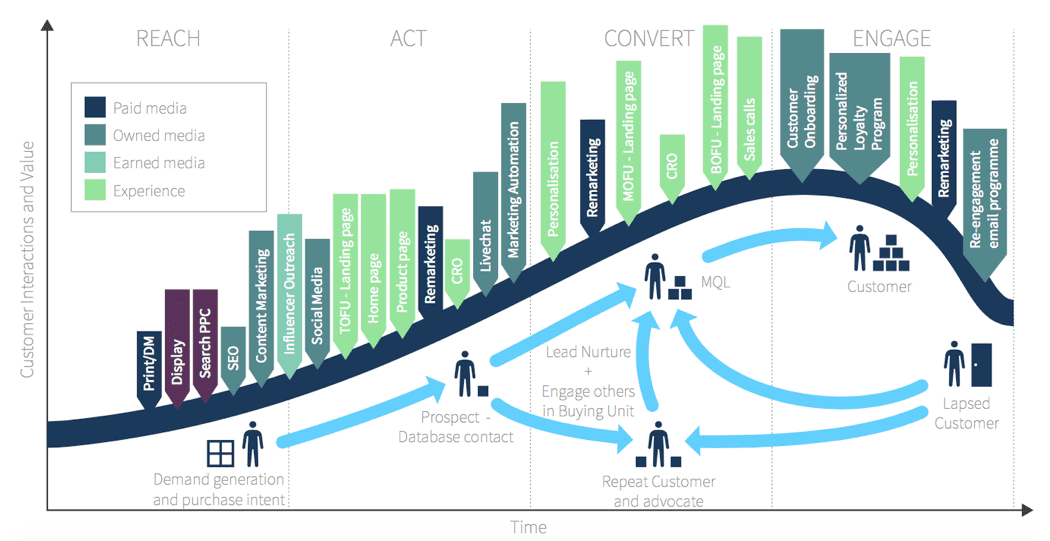
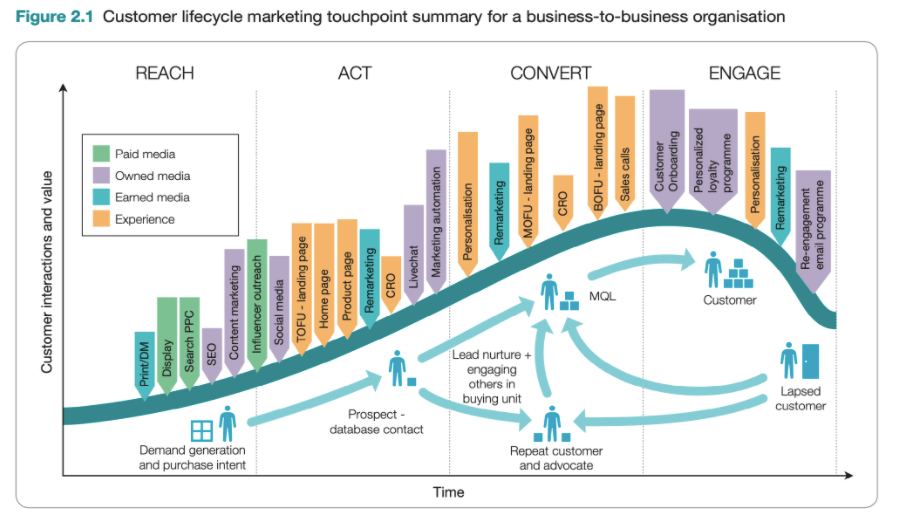
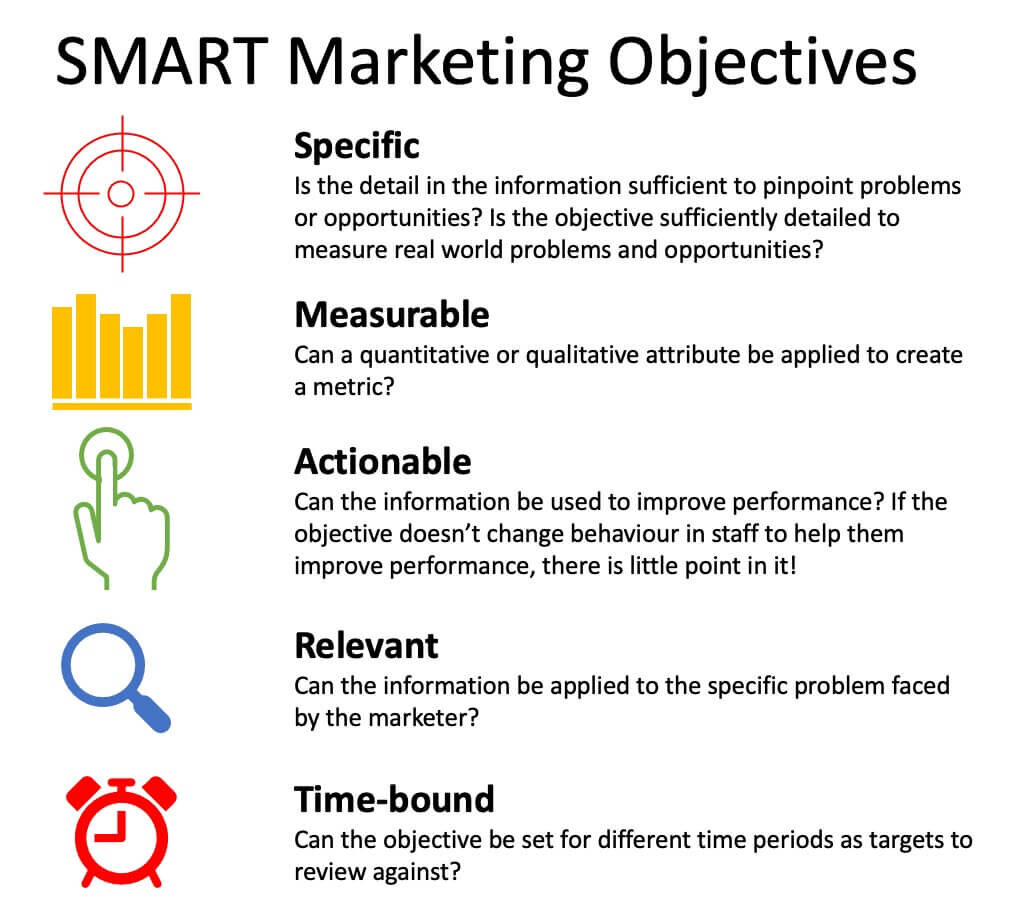

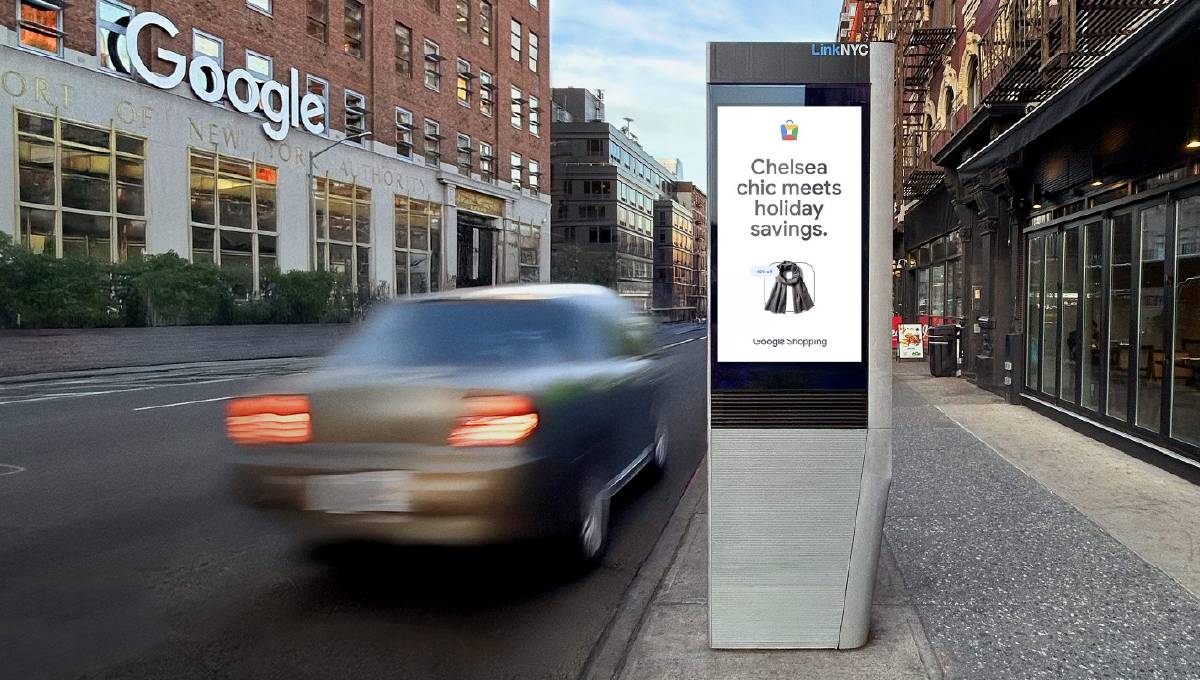







![How Marketers Are Using AI for Writing [Survey]](https://www.growandconvert.com/wp-content/uploads/2025/03/ai-for-writing-1024x682.jpg)






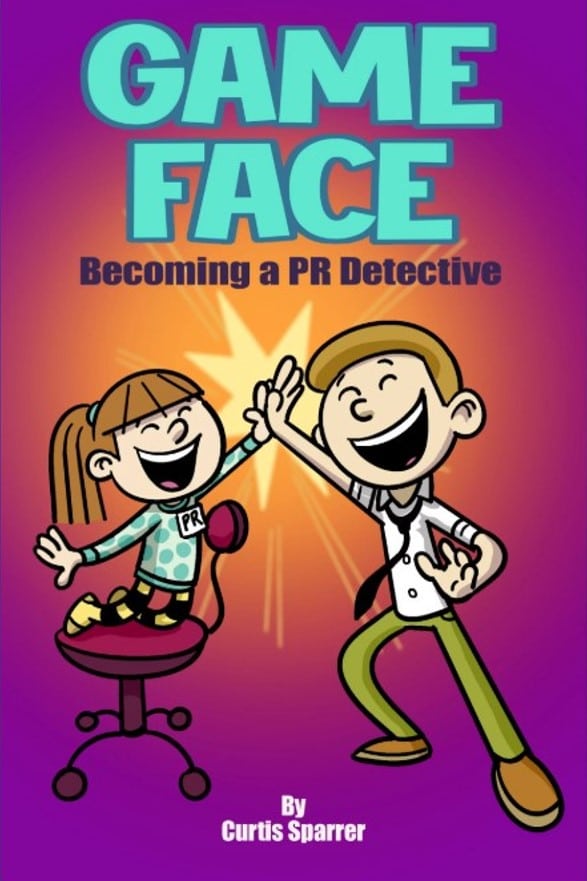



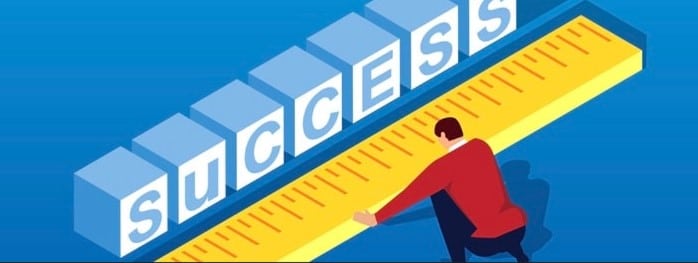



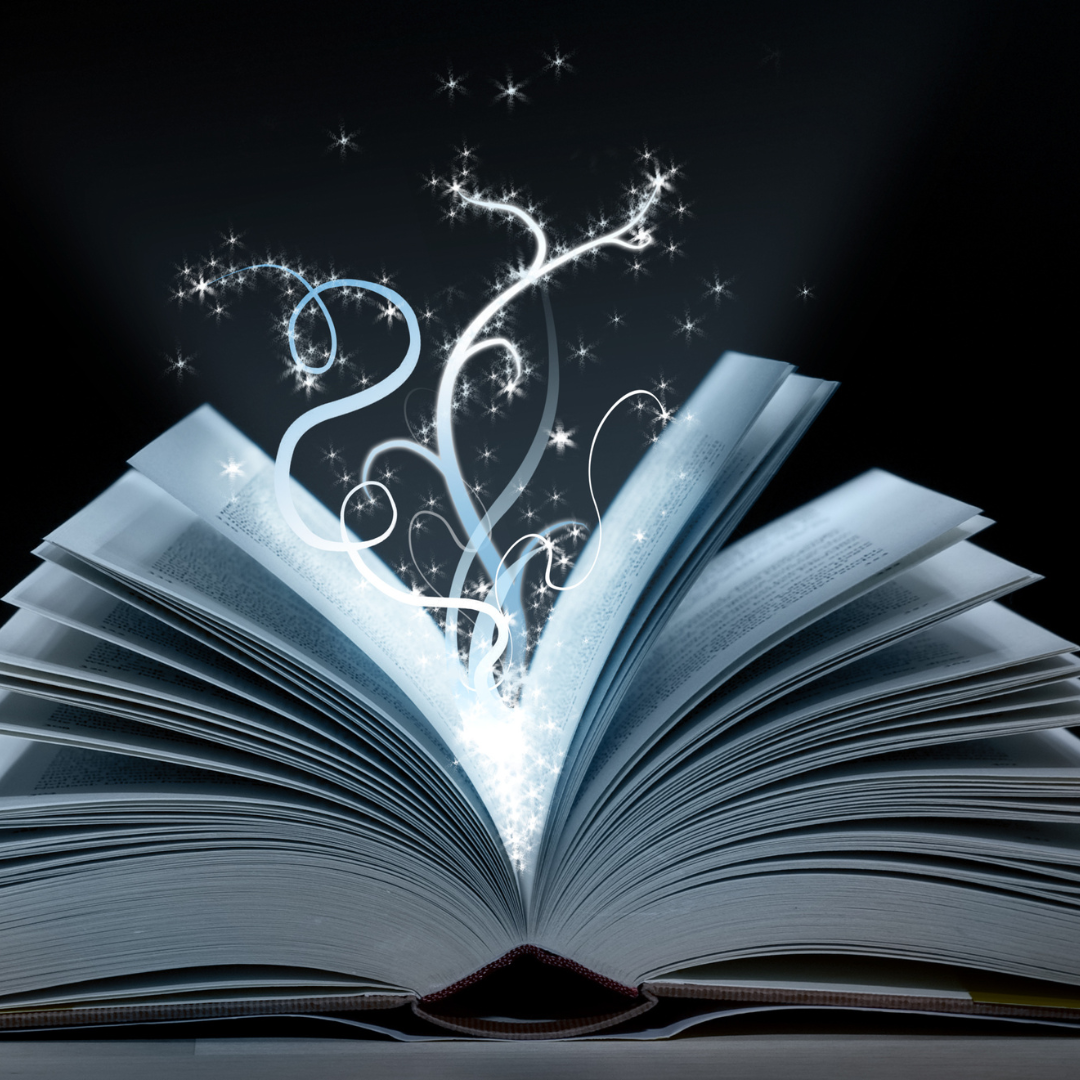
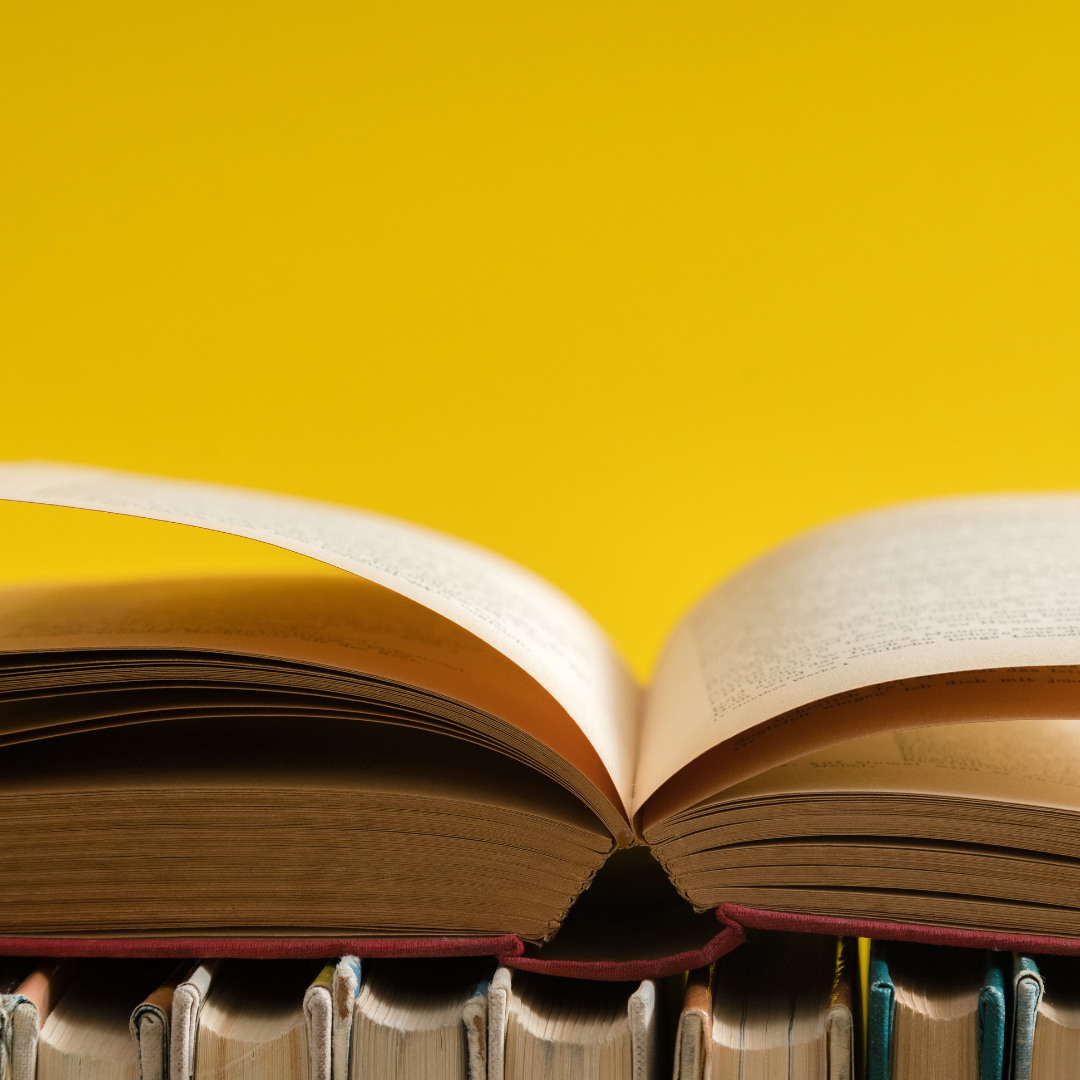

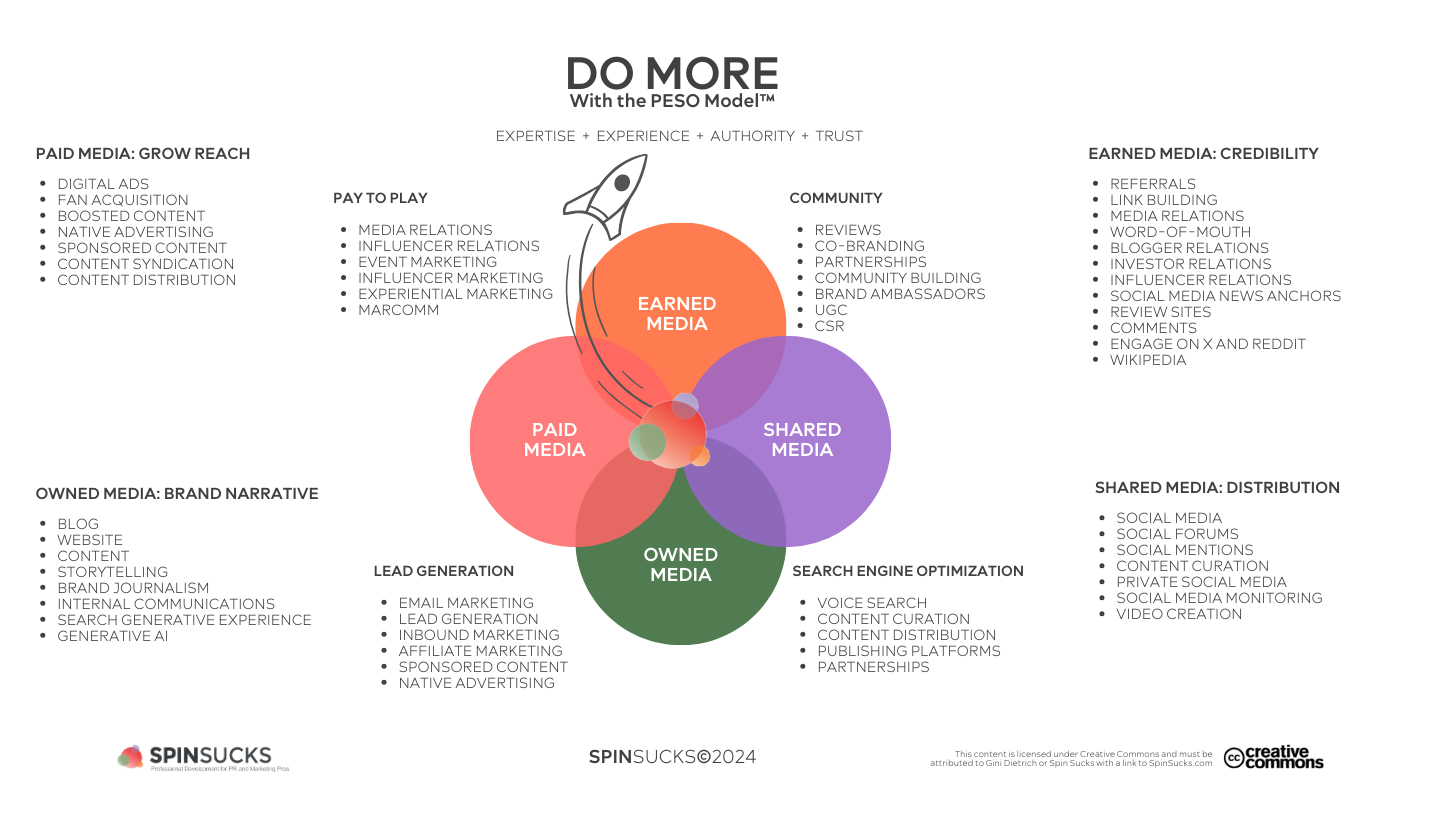













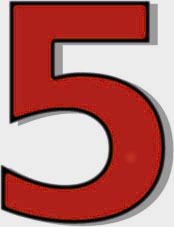




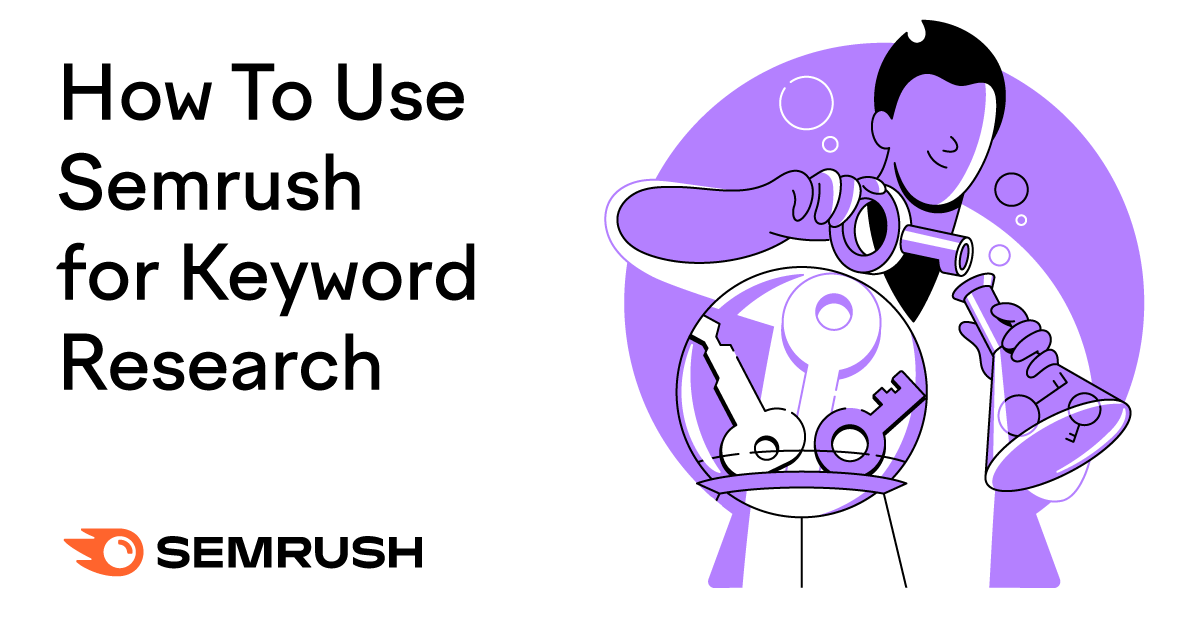

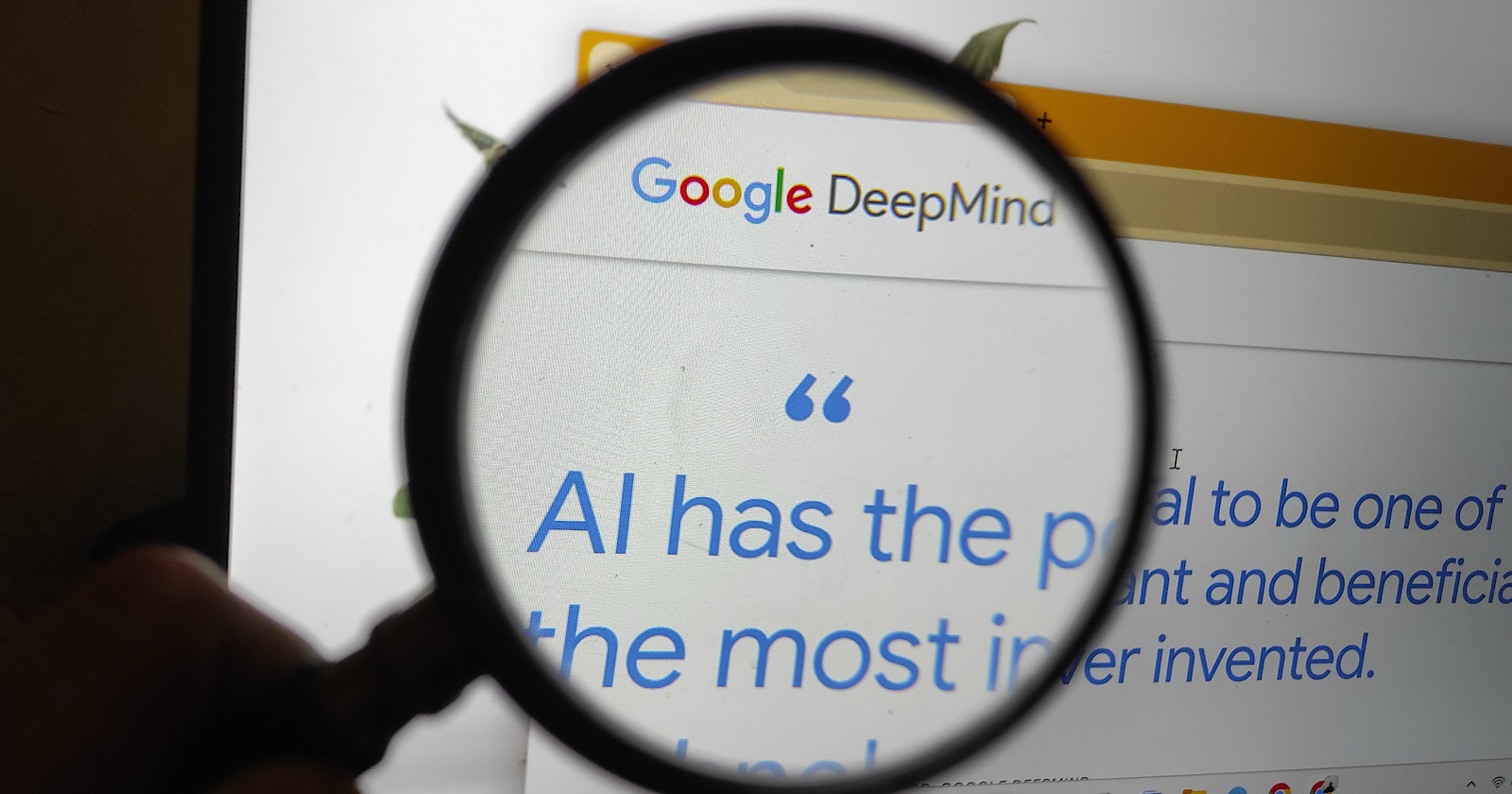














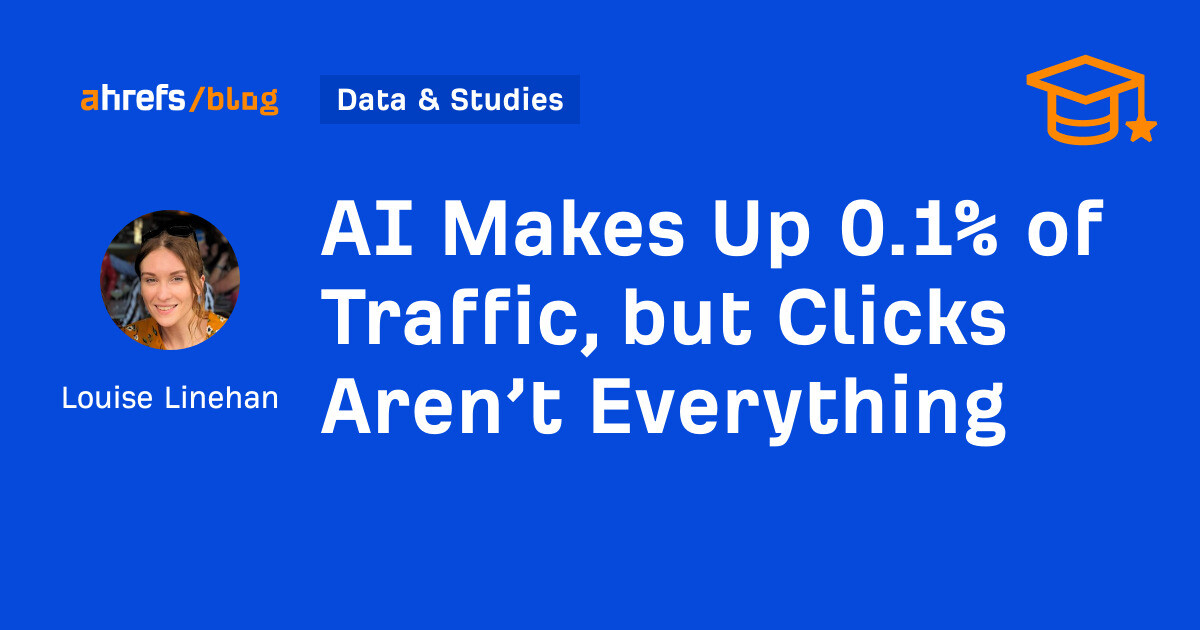




![Meta Outlines Open Source Contributions in 2024 [Infographic]](https://imgproxy.divecdn.com/YOYEhTrhLX1rsEjXqZJNhFf8sC0vMoNHeK_qbzpVVKY/g:ce/rs:fit:770:435/Z3M6Ly9kaXZlc2l0ZS1zdG9yYWdlL2RpdmVpbWFnZS9tZXRhX29wZW5fc291cmNlX2luZm8yLnBuZw==.webp)
